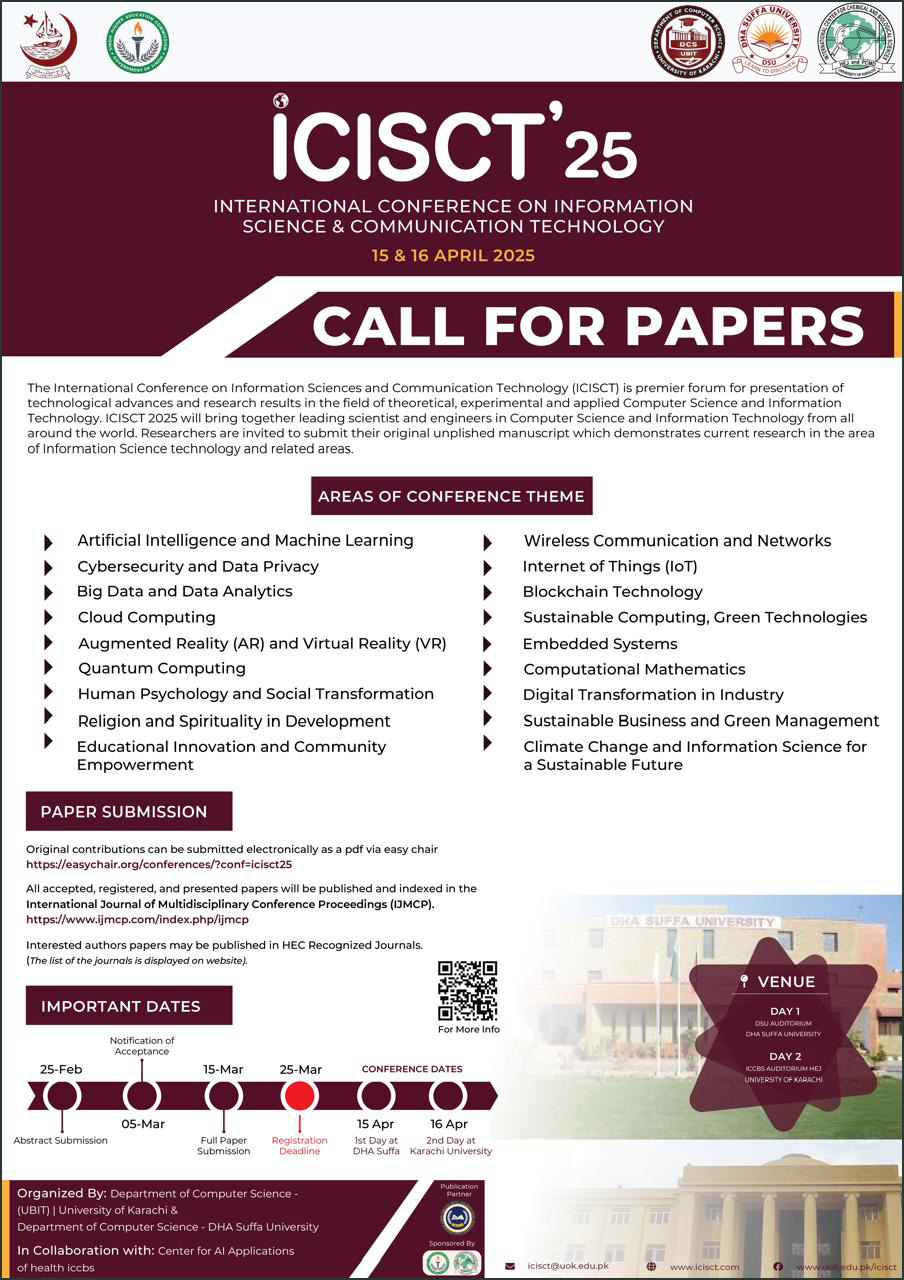Hurdling Barriers: Exploring Inaccessibility in Higher Education Institutions for Mobility Assistive Device Users
DOI:
https://doi.org/10.61503/cissmp.v2i3.59Keywords:
Built Spaces, Inclusive Education, Mobility Assistive Device users, Students with Disabilities, Urban Accessibility ChallengesAbstract
This article explores the challenges faced by students with disabilities using mobility assistive devices (i.e. wheelchairs or crutches) in a large public sector urban higher education institution. Cities are characterized by rapid pace and complex infrastructure including buildings, roads, and public spaces that present unique obstacles that hinder these individuals' mobility and overall experience. For this qualitative study, the locale chosen was a large public sector university, and data was collected from 10 students with disabilities who use wheelchairs and other mobility assistive devices and reside in the campus student accommodation. The data was collected through in-depth interviews and analyzed using thematic analysis. The findings indicate that the infrastructure on campus is not accommodating for students with disabilities who use mobility aids, which directly and indirectly impacts their educational experiences. In addition, the university lacks a uniform policy for providing services and allocating resources for students with disabilities. The participants believe that the university is indifferent to their needs; however, the facilities and behaviors within departments vary and at times can be quiteenabling. This study contributes to the ongoing dialogue on enhancing accessibility, inclusivity, and equity within our urban educational landscapes.
Downloads
Downloads
Published
Issue
Section
License
Contemporary Issues in Social Sciences and Management Practices (CISSMP) licenses published works under a Creative Commons Attribution-NonCommercial (CC BY-NC) 4.0 license.









